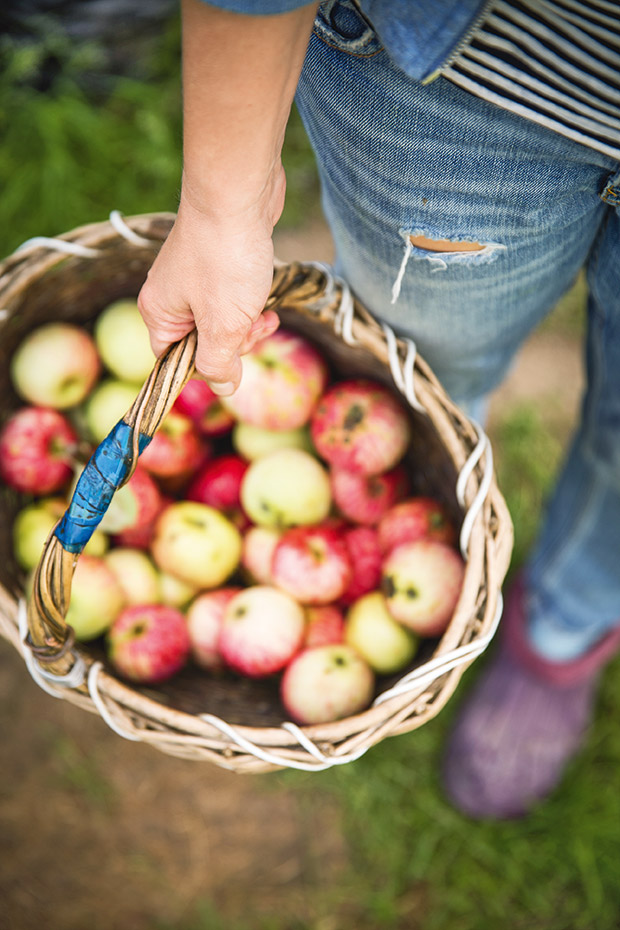5 orchard lessons from an orchardist who admits her mistakes

This time of year should bring bountiful fruit, but not in this orchard.
Words: Nadene Hall
A favourite childhood memory is stuffing myself with sweet plums by the handful, plucked right off the tree.
Our neighbours had several big, old fruit trees in their orchard, an aromatic grape entwined through them. Their daughter Kristen and I would sit up in the branches, her little poodle waiting patiently below, watching us overdose on all that fibre.
When I bought a block, the orchard was carefully researched. When I drew up the master plan for my block, it was the first area to be set aside.
SHELTER
The first trees to go in, two years ahead of the fruit trees, were 60-odd totara along the western and southern boundaries. Totara, cared for, pruned properly, regularly, make a brilliant hedge.
Uncared for, these drought-tolerant, possum-defying, prickly natives still grow well. If unpruned, they go rogue.
I allowed for about a metre of bushy-ness, but I got the timing wrong. It turns out you’re meant to start pruning from about year two to create a neat shape. I didn’t get enthused until about year eight. That’s about 3m+ of bushy-ness.
Lesson: have a good shelterbelt, understand its needs, take care of it regularly.
SPACING
Things are always so neat and tidy when you draw a plan. I researched how far the branches would extend out from the trunk, up to 4m for some fruit trees. When it was time to plant, I used a tape measure. I checked the width of the ride-on mower and left a gap for it too.
On the day of planting, I felt like I’d made a mistake. We drove a truck through the gap between the hedge and the fruit trees.
Ten years later, you can barely squeeze through. I haven’t been able to mow between the hedge and the trees for years.
Lesson: leave much bigger gaps than you think you need.
TREE-RRORS
For almost 10 years, the tallest, fastest-growing tree in my orchard was a mystery. It was meant to be a grafted Doyenne du Comice pear. The graft died, but the rootstock took off.
I couldn’t remember what the rootstock was, but it was doing well, so I left it. Each spring, the tree would be covered in pretty white blossoms. One year, it produced tiny golden fruit, to about cherry size. Then they all disappeared.
Pictures of the fruit were enough for wise Tree Crop people to identify it as a nashi (an Asian pear variety). I waited another five years for a sign of anything. It refused to co-operate. It also started to take over a large area, to the detriment of its apple neighbours.
I cut it down this summer, all 5m of it, with no regrets. It was my first-ever chainsaw felling and it dropped perfectly into a tiny gap, its neighbours untouched.
Lesson: only grow what you want.
A few trees have done well. I have four peaches that fruit prolifically. Unfortunately all at the same time, all white-fleshed and similar-tasting.
Lesson: choose varieties that fruit one after the other. And plant ones for eating fresh, for jam/desserts, for cider, for long-keeping.
I’ve finally managed to grow some lovely-looking citrus trees, but quite a few died over the years.
Lesson: for my soil, regular fertiliser (every 12 weeks for citrus) and watering during summer is the trick to juicy fruit.
MORE HERE:
Love this story? Subscribe now!
 This article first appeared in NZ Lifestyle Block Magazine.
This article first appeared in NZ Lifestyle Block Magazine.
